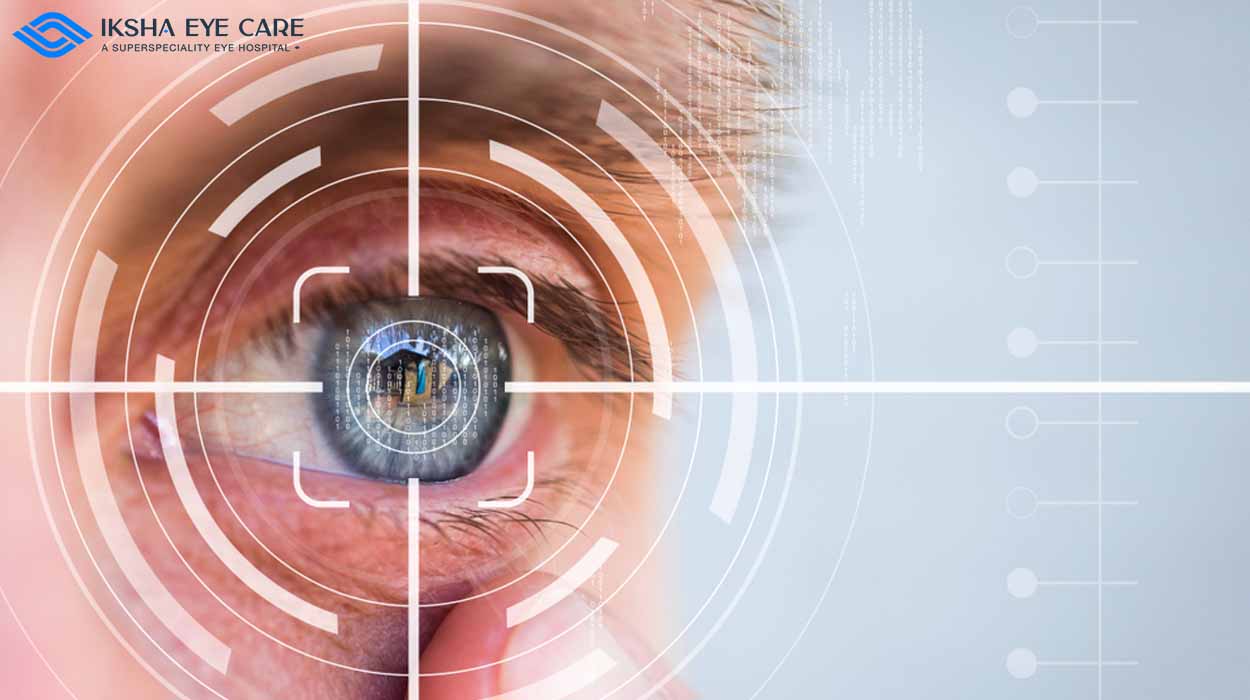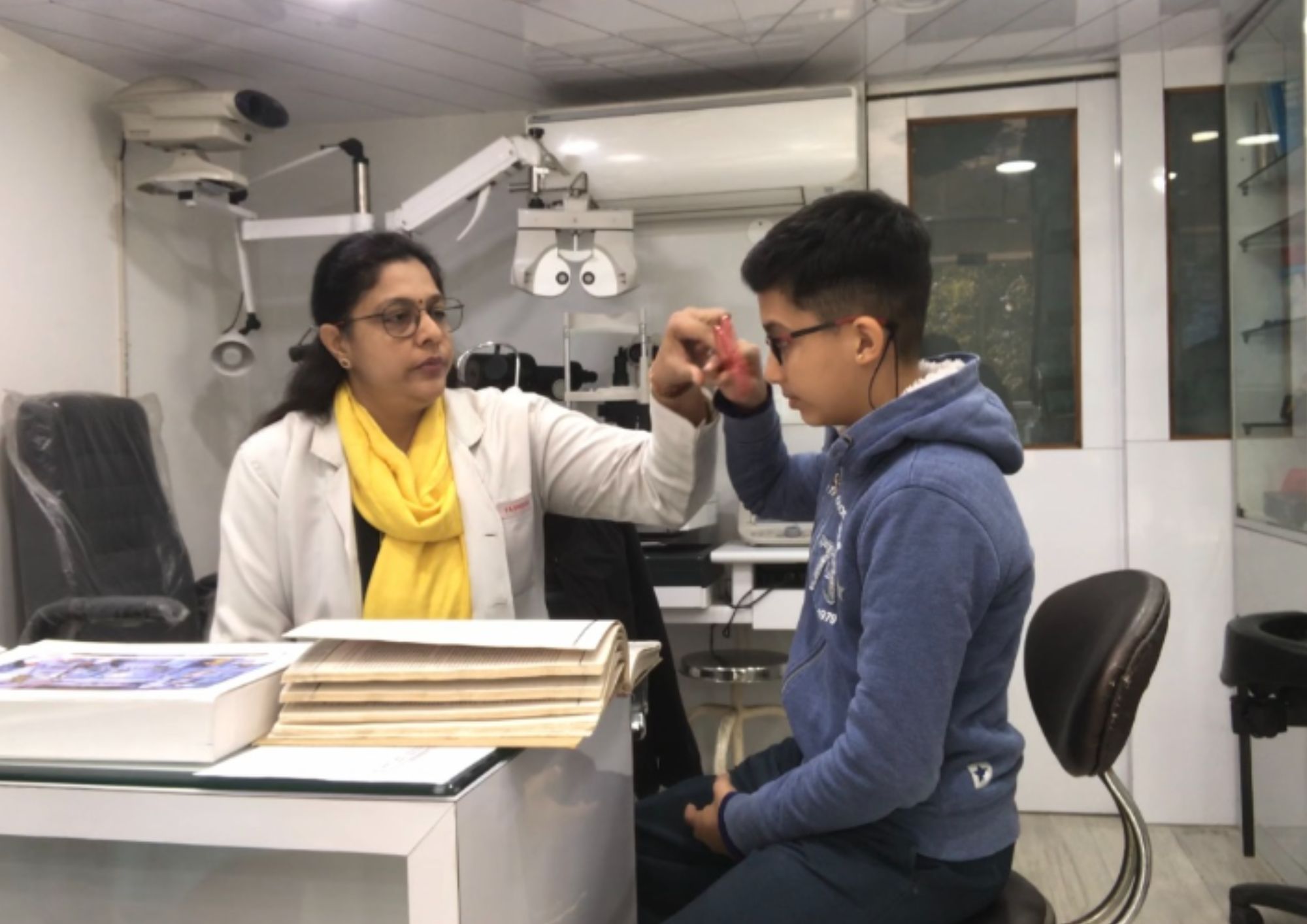Best Refractive Surgeries in AL: State-of-the-Art Eye Care
Best Refractive Surgeries in AL: State-of-the-Art Eye Care
Blog Article
The Function of Advanced Diagnostic Tools in Identifying Eye Disorders
In the world of ophthalmology, the utilization of sophisticated diagnostic tools has actually transformed the very early identification and management of different eye problems. From detecting refined modifications in the optic nerve to keeping track of the progression of retinal diseases, these technologies play a crucial function in improving the precision and performance of diagnosing ocular problems. As the demand for exact and prompt diagnoses remains to grow, the integration of cutting-edge devices like optical coherence tomography and aesthetic field testing has actually ended up being important in the realm of eye care. The complex interaction between innovation and ophthalmic techniques not just clarifies elaborate pathologies however additionally opens up doors to tailored treatment approaches.
Importance of Early Medical Diagnosis
Early medical diagnosis plays a critical duty in the reliable management and treatment of eye problems. By discovering eye problems at a very early phase, health care service providers can offer suitable therapy strategies customized to the certain problem, inevitably leading to far better end results for people.
Technology for Discovering Glaucoma
Cutting-edge analysis modern technologies play a crucial duty in the very early discovery and surveillance of glaucoma, a leading cause of irreversible blindness worldwide. An additional innovative tool is aesthetic area testing, which maps the sensitivity of a client's aesthetic area, helping to spot any type of areas of vision loss quality of glaucoma. These sophisticated analysis tools enable ophthalmologists to diagnose glaucoma in its very early stages, allowing for timely intervention and much better administration of the disease to stop vision loss.
Function of Optical Comprehensibility Tomography

OCT's capability to measure retinal nerve fiber layer density permits specific and unbiased measurements, helping in the early detection of glaucoma also before aesthetic field defects end Homepage up being evident. OCT innovation allows longitudinal surveillance of architectural changes over time, facilitating personalized therapy plans and prompt treatments to help protect individuals' vision. The non-invasive nature of OCT imaging also makes it a preferred selection for checking glaucoma progression, as it Our site can be duplicated consistently without creating discomfort to the patient. Overall, OCT plays an important duty in improving the diagnostic precision and administration of glaucoma, eventually contributing to much better outcomes for people at threat of vision loss.
Enhancing Diagnosis With Visual Field Testing
A necessary part in comprehensive ocular analyses, visual area testing plays a pivotal duty in enhancing the analysis procedure for different eye conditions. By analyzing the complete extent of a person's aesthetic area, this examination provides important details concerning the practical stability of the whole visual pathway, from the retina to the aesthetic cortex.
Visual area testing is especially beneficial in the diagnosis and monitoring of problems such as glaucoma, optic nerve disorders, and different neurological conditions that can impact vision. Through measurable measurements of outer and central vision, medical professionals can find subtle changes that might show the existence or development of these disorders, also before recognizable symptoms take place.
In addition, visual area testing permits the surveillance of therapy efficacy, assisting eye doctors customize therapeutic treatments to private patients. eyecare near me. By tracking adjustments in aesthetic field performance with time, doctor can make enlightened choices regarding readjusting medicines, advising surgical interventions, or executing various other proper measures to maintain or improve a client's aesthetic function
Taking Care Of Macular Deterioration

Verdict
In conclusion, advanced diagnostic tools play a critical role in recognizing eye disorders early on. Technologies such as Optical Comprehensibility Tomography and visual field testing have considerably enhanced the accuracy and efficiency of detecting problems like glaucoma and macular degeneration.
Report this page